Tactile Printing
What is Tactile Printing?
Cutting Edge Print Technology.
Tactile Printing is an innovative technique using inks and coatings to create raised surfaces, with depth ranging from 1mm to 4mm. Greater depth is achievable in some cases through our creative file set-up and tactile print-specific equipment. The process of Tactile Printing involves applying these specialist inks to layered artwork files to create a 3D effect. The end result is visually captivating and attention-grabbing.
Our high-spec equipment at VGL offers multiple benefits, including enhanced colour accuracy, the use of speciality colours like neon, and reduced environmental impact, all while allowing versatile applications.
Convincingly Realistic.
Be amazed by the incredibly realistic representations achievable with Tactile Printing.
From the finer details, such as the eyelashes on an elephant's eye, to the deep wrinkles and folds in its skin, Tactile Printing allows you to create graphics with a look and feel akin to the real thing. You now just need to figure out where an elephant could play a pivotal role in your marketing campaign.
Incredibly Detailed.
Tactile Printing can create extremely fine detail, with the illusion of transparency, like the veins within a leaf. Combine these with a selection of colours and your graphics can represent aspects from the real world, without concerns around leaves wilting, products deteriorating or being easily damaged.
Enticingly Tactile.
These are graphics that pull you in, making you want to touch the printed surface to check whether the image aligns with what you expect to feel. This makes Tactile Printed graphics so powerful when it comes to branding, retail point of sale or event design. There are so many options available with Tactile Printing; it's only your imagination holding you back.
Enhanced Sensory Experience
Lightweight Material
Environmentally Friendly
Indoor & Outdoor Application
Simple to Install
Easy to Clean
A Limitless Range of Textures.
By engaging both the visual and tactile senses, inks applied by Tactile Printing allow for customisation and creativity. Replicate the feel of existing surfaces to deliver a memorable and immersive experience with graphics to suit nearly any artistic vision.
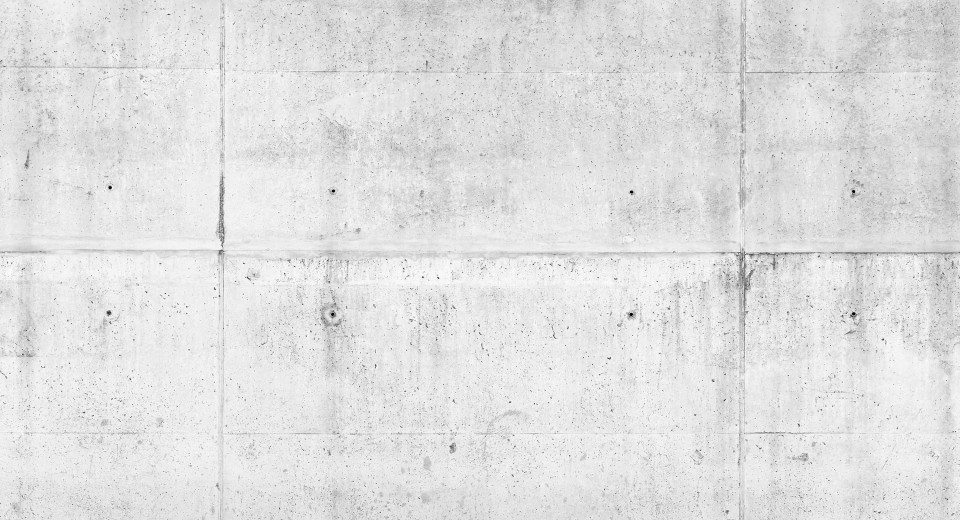
Concrete / Cement
Emulate the natural contours of natural and décor finishes, such as concrete, granite or slate, with the added benefits of a reduction of cost, whilst negating installation weight constraints.
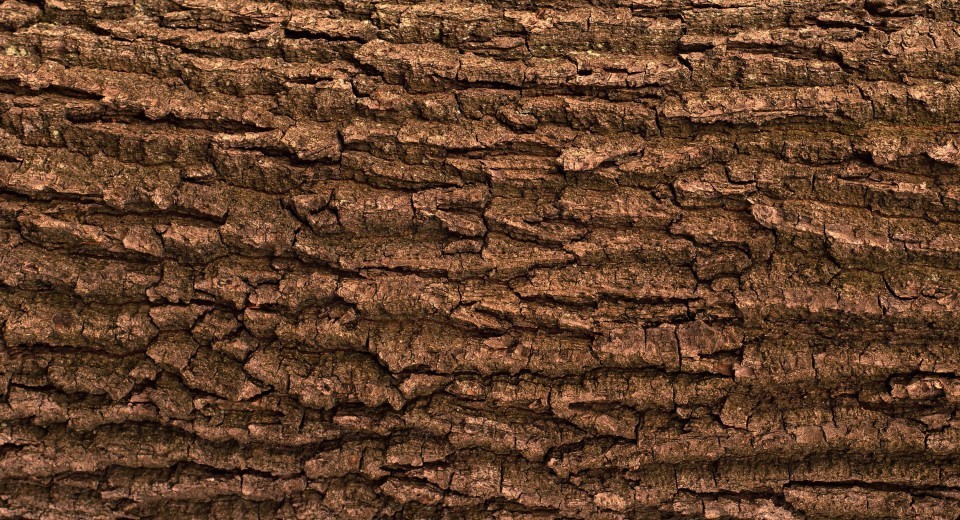
Wood
Amazing wood surfaces can be formed to replicate the natural patterns and grain of woods, barks and veneers, adding a lifelike organic feel to prints.
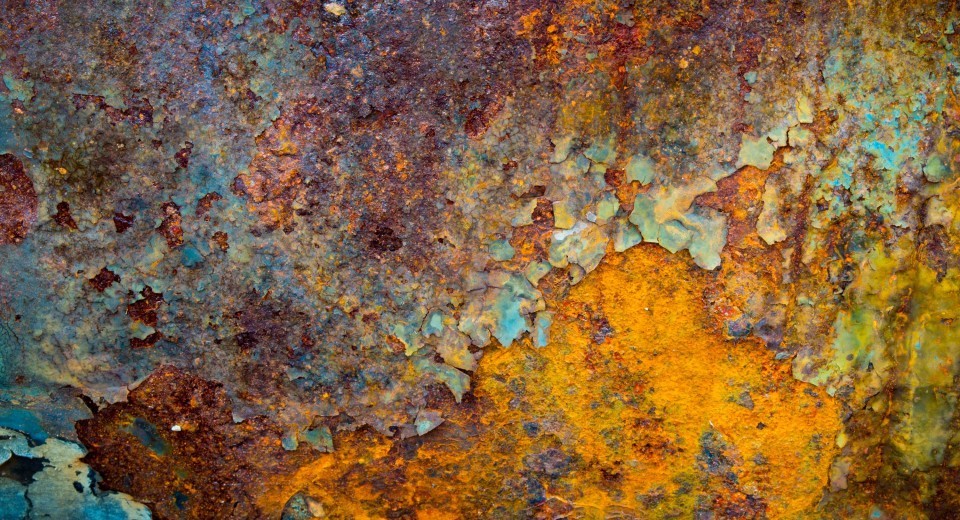
Rust
Replicate a realistic weathered appearance or add an industrial and retro aesthetic to the brief, avoiding the cost and challenges of metals that need surfaces sealed to avoid staining.
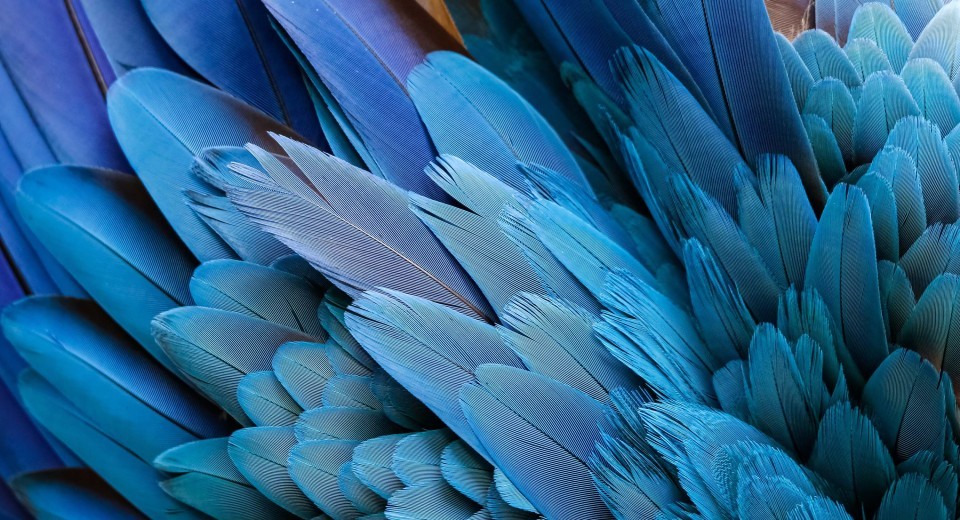
Animal
'The only limitation is your imagination’ – create the impossible on any substrate with textured ink and show life-like detailing, like fur, skin and feather.
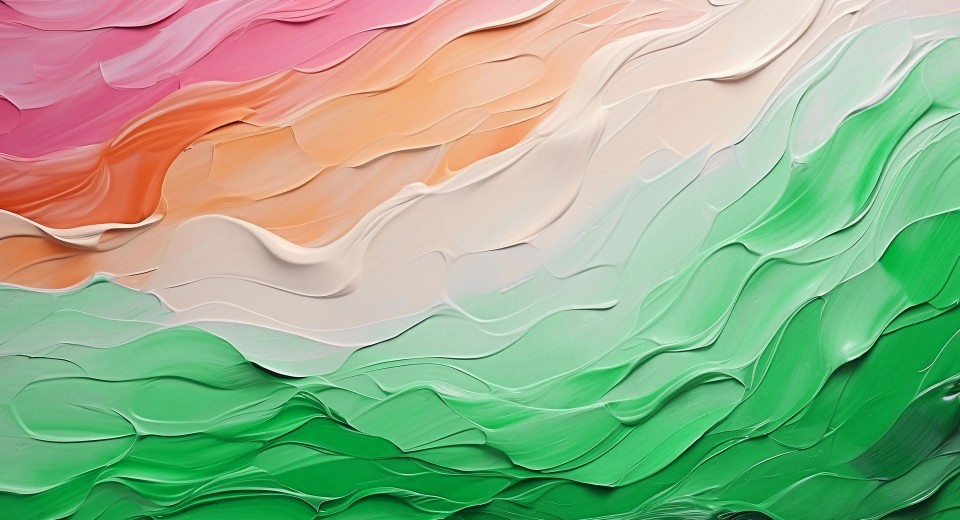
Art
Replicate the strokes of brushwork with textured ink, allowing for an on-demand and cost-effect volume reproduction, whilst gazers feel immersed into a traditional painting.
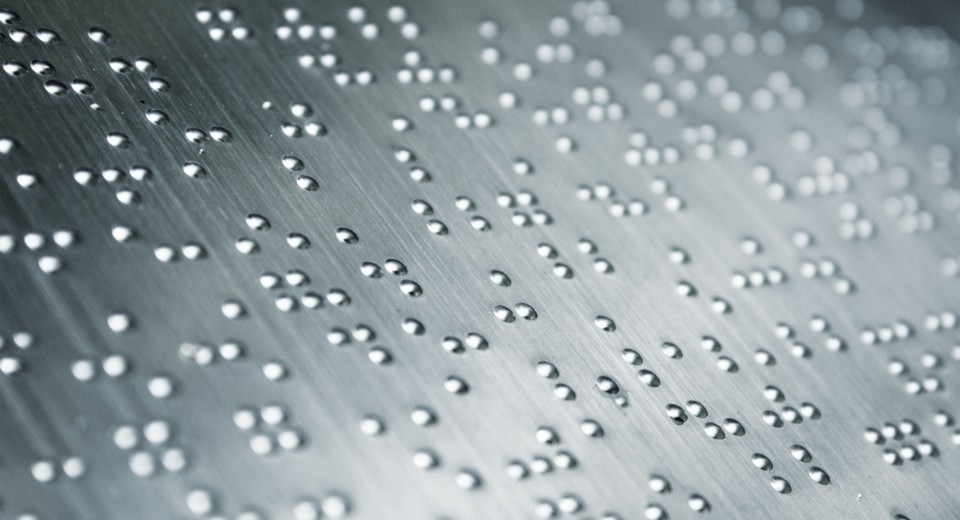
Braille
Braille is the simplest method of using tactile ink, but the most rewarding, by creating functional and inclusive signage for use by blind or visually impaired people.
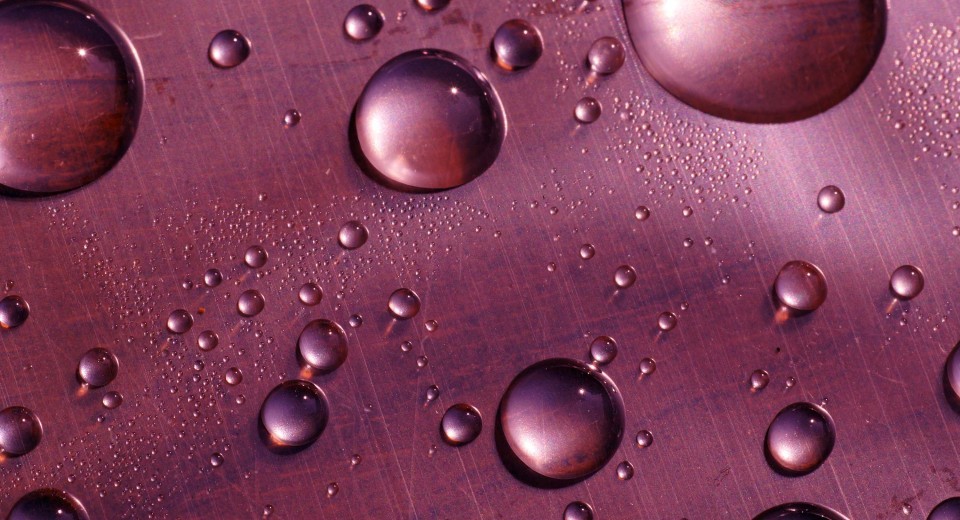
Translucent Textures
We have mastered the ability to create effects like water droplets, mist and snow. Use in conjunction with lightboxes and window displays to deliver truly remarkable displays.
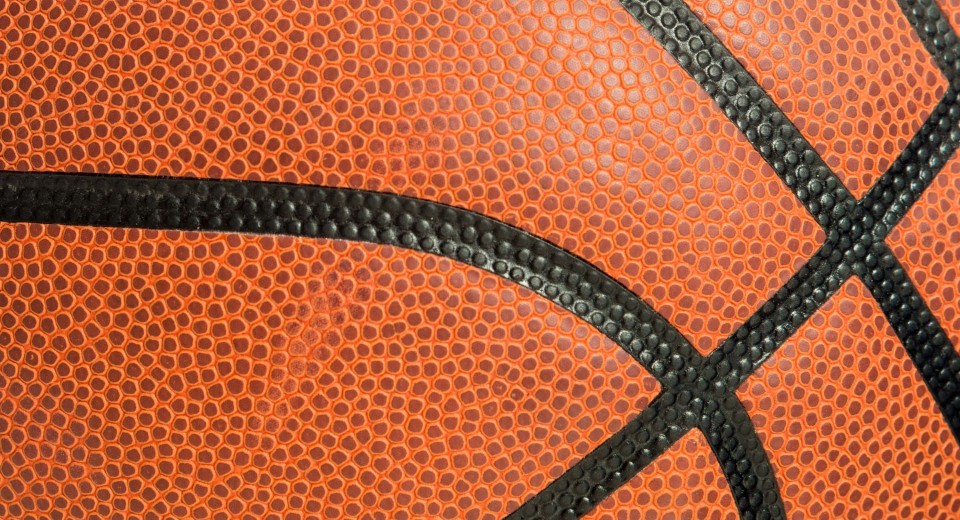
Abstract
Abstract textures allow for creative inclusivity, enabling VGL tactile ink to develop unique patterns, shapes and textures that are not normally found in the world around us.
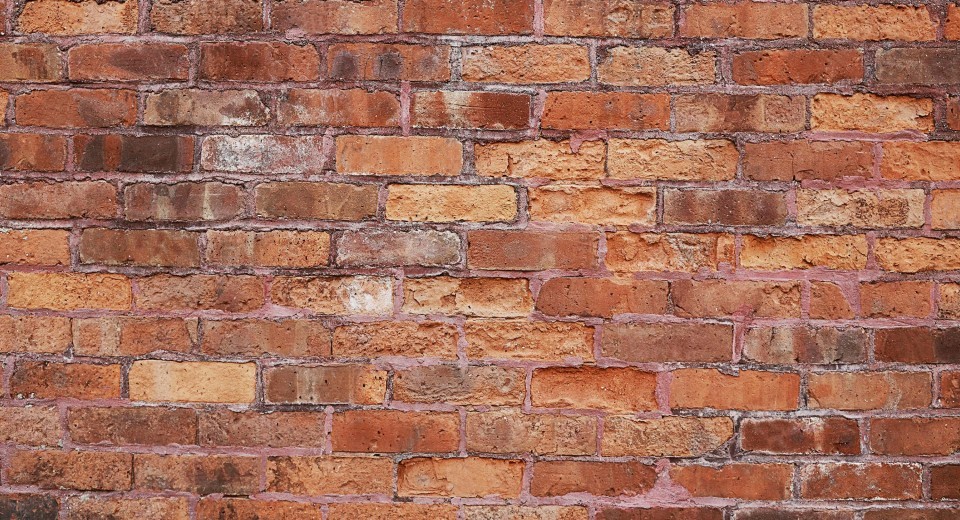
Brick
Use textured ink to emulate, stone or tile. Create a realistic and truly tactile representation, mimicking the rough and uneven contours with a visually striking and immersive experience.
Contact Us.
Ready to get started? Get in contact with our knowledgeable staff who will be happy to assist.
0118 922 1300
[email protected]
268 Elgar Road South
Reading
Berkshire
RG2 0BT
